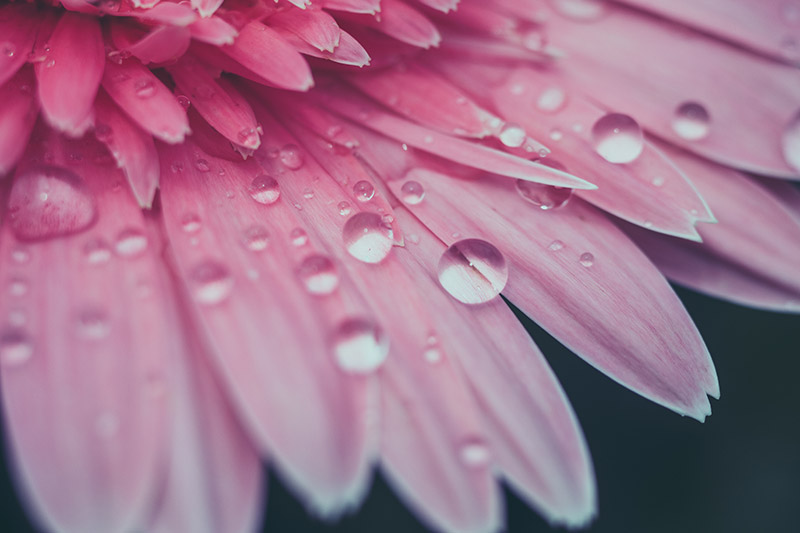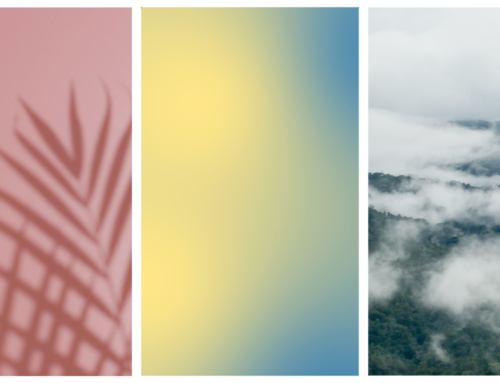Almost every digital photo requires some level of post processing to look its best, especially if you’re shooting in RAW format. As a Vecteezy contributor, you’ll need to decide how much editing is appropriate for the photos you submit.
Our contributors, and other stock photographers, should consider how customers will use a photo and what may or may not be possible for the user based on the post processing already done to the image.
Using filters or pre-made effects is one option, but it’s generally not recommended for stock photos. Let’s look at the details of filters, when to use them, and when to avoid them.
Related: Steps to Success as a Vecteezy Contributor
What Are Filters?
Filtered images are altered or modified during post-processing to achieve a specific look or effect. VSCO and other photo editing apps have popularized certain styles like film emulation and vintage effects. You can use filters or presets in apps or programs like Lightroom or Photoshop to drastically or subtly impact the look of a photo.
The image below uses a vintage filter to give the photo an aged appearance.
When we’re talking about filters, the same concepts apply regardless of whether you’re achieving the effect by using a pre-made preset or creating the look manually with post processing tools and sliders.
Get millions of stock images and videos at the best price
Unlimited access. No attribution required. Starts at just $9/month.
The real question is, “How much is too much?” regarding post processing for stock photos.
Should I Apply Filters on Photos I Upload to Vecteezy?
The downside to applying filters to stock photos is that it takes creative freedom away from the user. If you submit traditional photos without a filter, users can edit the image according to their preferences and needs. They can use it as is or apply a filter.
However, if you apply a filter to a photo before it’s uploaded, the user doesn’t have the option to undo that filter. There’s no way for the user to get to the original photo without the filter. As a result, the creative possibilities for the image are limited. Black and white imagery is another example of this. Once an image is black and white, the user has very few options. Vecteezy does not accept black and white photos for this reason.
Although we appreciate your creative vision, sometimes artistic filters and strong digital manipulation aren’t suitable for commercial usage because they’re too specific. Instead, customers generally buy images with less obvious manipulation as it’s easier to adapt to their own creative needs and gives them more flexibility.
Another potential issue with filters is that they can degrade the quality of the photo. You should be especially aware of this if you’re using a mobile editing app and applying a filter to a JPG, rather than working with a RAW file.
In general, most of the photos you submit to Vecteezy should be lightly edited or processed. For example, you may want to subtly adjust exposure, contrast, and colors to improve the photo without significant changes that limit what the user can do with the photo.
How to Enhance an Image With Filters
It’s acceptable to apply filters to some of the photos you upload to Vecteezy. Think about the specific photo, the subject, and how users will incorporate the image into their work. There may be situations where using a filter with a photo makes sense to get the look you’re after.
The photo below shows the Colosseum in Rome, and a vintage filter has been applied to give it an aged look. In this case, it makes sense that the photo of a structure that’s almost 2,000 years old would have a vintage appearance. However, that doesn’t mean that every photo of the Colosseum or anything historic needs a vintage filter.
In other situations, you may be aiming for a specific look or feel, and a filter may help achieve that. For example, the photo below adds a somewhat subtle effect to a flower. Although you wouldn’t want to add this type of filter to all of your flower photos, when you use it with a small percentage of your photos, it can help those images to stand out and offer something different or unique.
When Not to Use Filters
Generally, you shouldn’t use filters on photos that are likely to be used commercially. For example, you wouldn’t apply a filter to a group of co-workers in an office conference room. That photo would be unlikely to be used by a business in their marketing campaign.
Using a filter on a photo does not prevent it from being used commercially, but it limits the situations when the altered image will be useful for the customer.
Also, images submitted for an editorial license should not be significantly altered to the point that it impacts the overall message of the photo.
Related: Editorial vs. Commercial Content
Creative Overlays and Filters for Video Footage
The same concept applies to stock videos as well as stock photos. The post-processing of stock videos should generally be limited, but there may be times when you want to use creative overlays or filters to get a specific look.
For example, you might use After Effects or Blender to add weather effects like falling rain. You may be able to accomplish similar types of effects with pre-made overlays.
Keywords and Metadata
When you’re uploading photos that use a filter, it’s a good habit to mention this fact in the keywords or description of the image. This metadata makes it more likely that your photo will appear in a search that includes “filter”, “vintage”, or other words related to the effect you’ve added.
For example, the contributor who submitted the photo below wisely included “filter” as one of the keywords.
Adding the appropriate metadata also provides clarity and transparency, so users know that a photo was digitally altered.
Related: Keywording Tips for Vecteezy Contributors
Final Thoughts
Filters and digital manipulation can serve a purpose, but contributors should know that customers typically prefer photos with limited alterations or adjustments. Images that are unedited or only lightly edited will offer more versatility to the user and will generally get more downloads. Use filters sparingly and only when there is a specific purpose for the effect.










